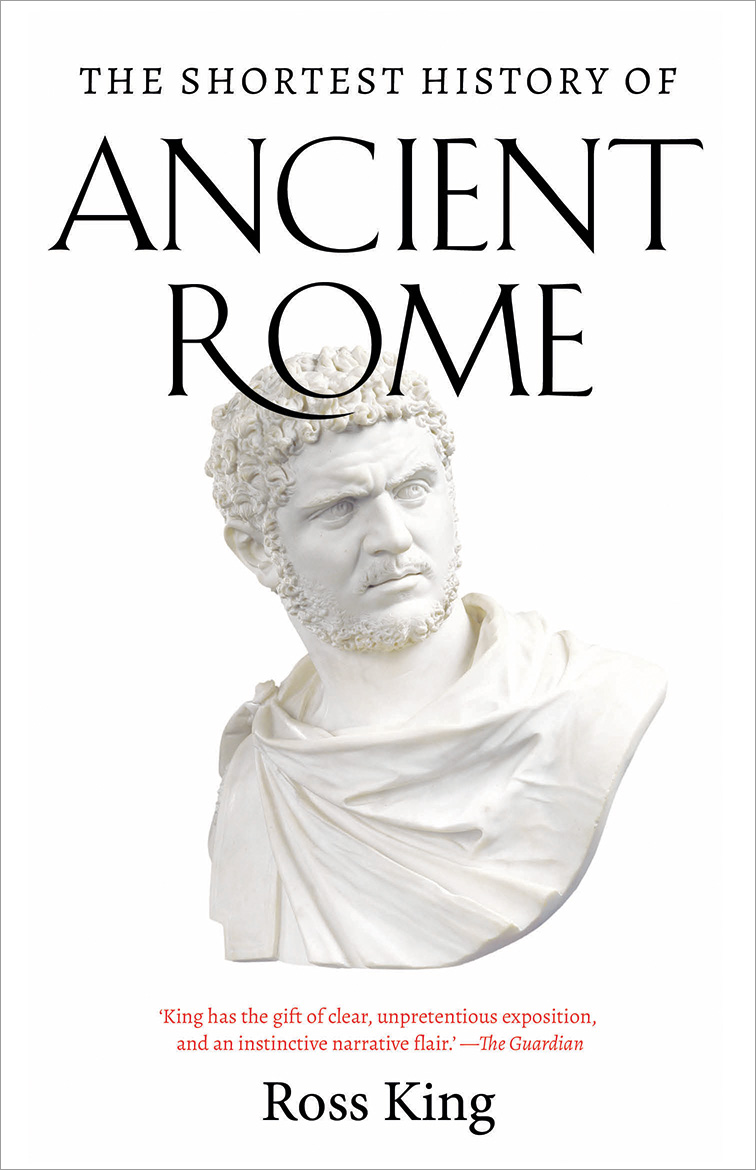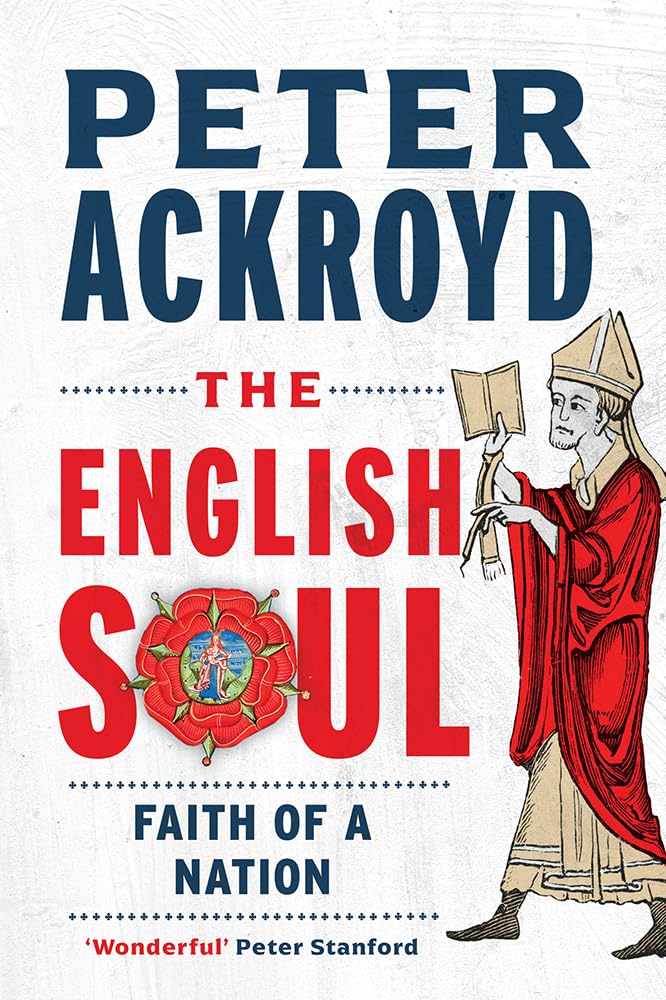History
Venice: The remarkable history of the lagoon city by Dennis Romano
by Margaret Plant •
Lost Souls: Soviet displaced persons and the birth of the Cold War by Sheila Fitzpatrick
by Phillip Deery •
The Wakefield Companion to South Australian History: Second Edition edited by Wilfrid Prest
by Frank Bongiorno •
The Titans of the Twentieth Century: How they made history and the history they made by Michael Mandelbaum
by Glyn Davis •
On a Tuesday morning in April 1954, Australians awoke to sensational headlines. The wife of Soviet diplomat Vladimir Petrov, who had recently sought asylum in Australia, was dragged aboard an aircraft in Sydney, as an impassioned, noisy crowd of a thousand tried to prevent her departure. Whether you were a dock worker or a stockbroker, your morning newspaper carried some version of what has become the Petrov Affair’s most iconic image: Evdokia Petrova, shoeless and eyes streaming, flanked by two bulky Soviet couriers, marching her across the tarmac. By all appearances, a terrified Russian woman was dragged, unwillingly, towards a dire fate in the Soviet Union.
... (read more)Dhoombak Goobgoowana: A history of Indigenous Australia and the University of Melbourne, Volume 1: Truth edited by Ross L. Jones, James Waghorne, and Marcia Langton
by Sandy Toussaint •
The Shortest History of Ancient Rome by Ross King
by Kyriakos Velos •
Night of Power: The betrayal of the Middle East by Robert Fisk
by Ian Parmeter •
The English Soul: Faith of a nation by Peter Ackroyd
by Stephen Regan •










